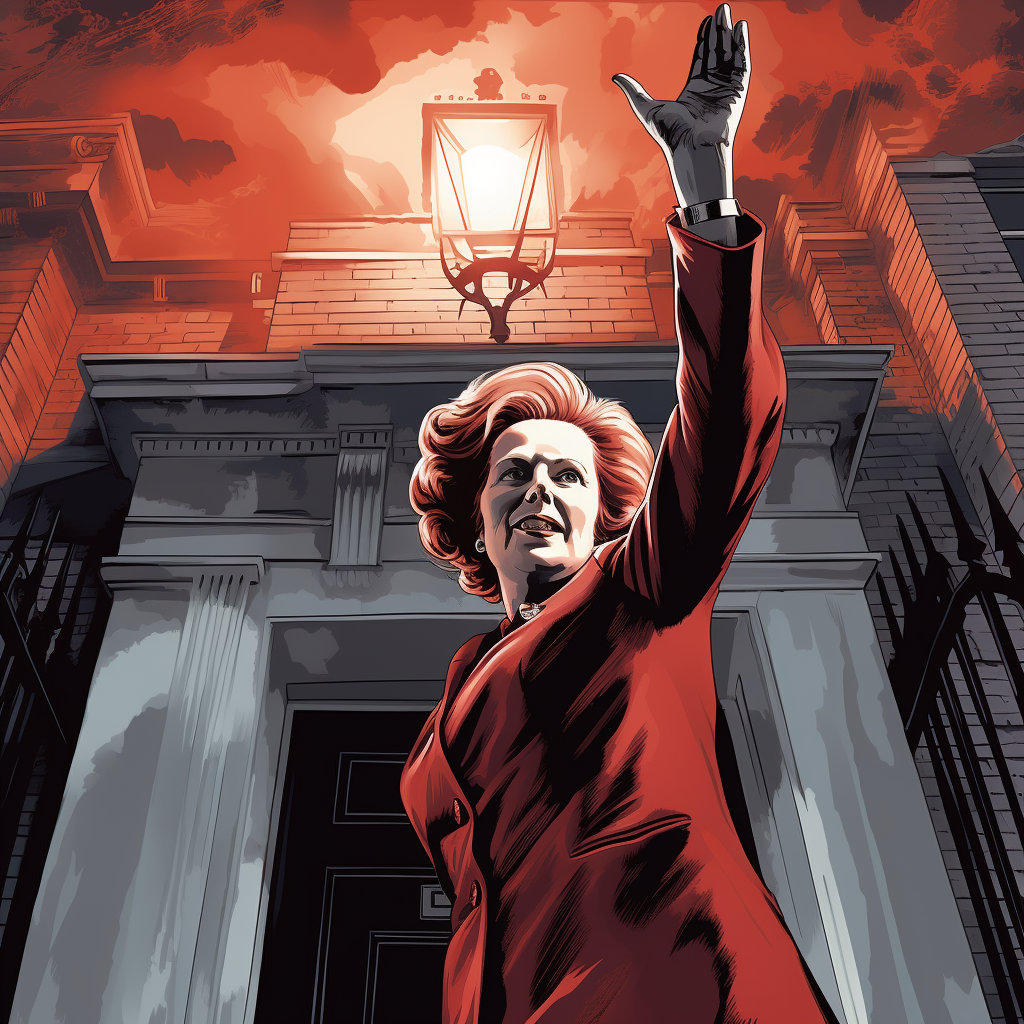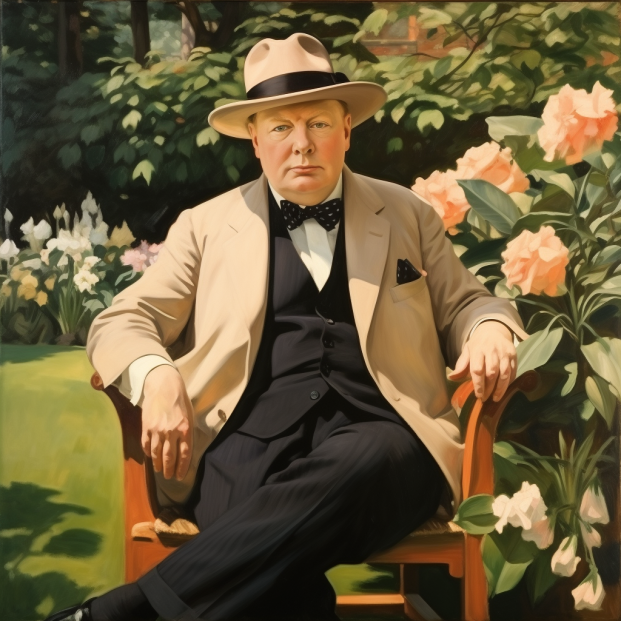Margaret Thatcher and the Poll Tax

Margaret Thatcher's political journey, marked by a series of bold and often controversial decisions, reached a critical juncture with the introduction of the Community Charge, widely known as the Poll Tax.
This policy not only stirred significant public dissent but also became a pivotal factor in her resignation as Prime Minister.
Thatcher's handling of the situation, and her conduct following her departure from office, provides a multifaceted case study in managing unpopular policies, leadership resilience, and the challenges faced by leaders in transitioning out of power.
Factual Details of the Poll Tax and Thatcher’s Resignation
Era: Late 1980s to 1990
Location: United Kingdom
Event: Introduction of the Poll Tax and Resignation of Margaret Thatcher
In 1989, the Thatcher government implemented the Community Charge, aiming to replace the traditional property-based rates with a flat-rate per capita tax. The policy was met with widespread opposition, culminating in protests and riots, as it was perceived as unfair and regressive. Facing mounting pressure and decreasing support within her party, Thatcher eventually resigned in November 1990, ending her 11-year tenure as Prime Minister.
Key Outcomes:
- The Poll Tax was eventually abolished, but its introduction had already caused significant public unrest and political fallout.
- Thatcher’s resignation marked the end of a significant era in British politics.
- Post-resignation, Thatcher's continued influence and comments on government policies created tensions, particularly with her successor, John Major.
Leadership Lessons from Thatcher’s Handling of the Poll Tax and Resignation
1. Navigating Unpopular Policies:
- Thatcher’s steadfastness in pushing the Poll Tax, despite its unpopularity, underscores the challenges leaders face in advocating for policies they believe in, even in the face of widespread dissent.
2. Decision-Making Under Pressure:
- Her resignation in the wake of internal party pressure and public outcry highlights the difficulty of making pivotal decisions under intense scrutiny and opposition.
3. Conduct Post-Leadership:
- Thatcher’s active presence and critique of subsequent government policies post-resignation provide a lesson in the challenges of transitioning from a leadership role, particularly in maintaining a balance between influence and overreach.
4. Resilience in Leadership:
- Throughout her tenure and even after, Thatcher exhibited a strong resilience, a quality essential for leaders in managing crises and transitions.
5. Legacy Management:
- How a leader's actions, both in and out of office, shape their legacy is a critical aspect of leadership, as seen in Thatcher’s enduring impact on British politics.
Concluding Thoughts
The story of Margaret Thatcher's introduction of the Poll Tax, her subsequent resignation, and actions post-leadership, offers deep insights into the complexities of political leadership. It shows how decisions, especially unpopular ones, can have far-reaching consequences for both leaders and their constituents. Additionally, it highlights the nuances of managing one's influence and legacy after stepping down from a prominent leadership position, a crucial consideration for leaders in any field.
Your Reflection
Reflecting on Thatcher’s experience, consider:
- How would you handle the introduction and management of a policy that is unpopular or faces significant opposition?
- What strategies would you employ to make difficult decisions under pressure, especially those that might affect your position or legacy?
- In what ways can you responsibly manage your influence and engagement after transitioning out of a leadership role?
- How can you ensure that your actions, both during and post-leadership, positively contribute to your legacy and the ongoing success of your organization or cause?



